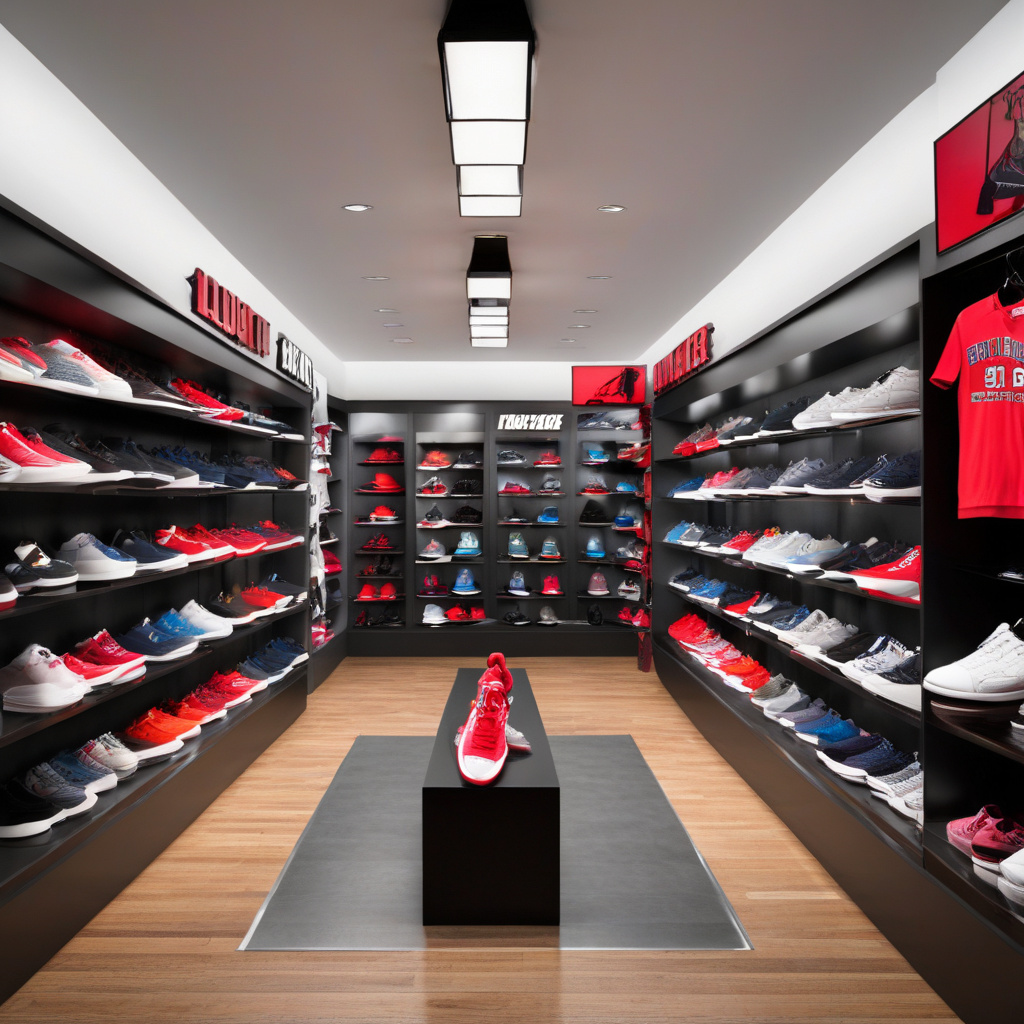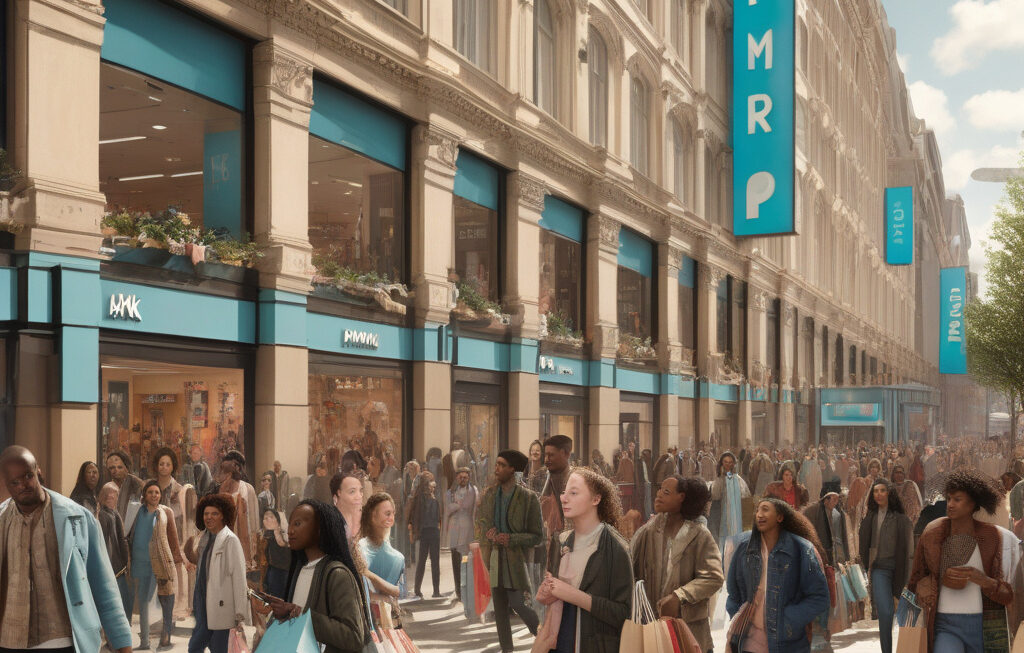Foot Locker Struggles with Lower Earnings Forecast Due to Weak Demand and Increased Competition
Foot Locker, a prominent athletic footwear and apparel retailer, is facing a challenging outlook as it grapples with lower-than-expected earnings projections for the year. The company recently announced that it anticipates a decline in profits, pointing to several key factors that are putting pressure on its financial performance.
One of the primary reasons cited by Foot Locker for its subdued earnings forecast is weaker consumer demand. As the retail landscape continues to evolve, with shifting consumer preferences and behaviors, Foot Locker is finding it increasingly difficult to attract shoppers and drive sales. The company’s traditional brick-and-mortar stores are facing stiff competition from online retailers and direct-to-consumer brands, making it harder to capture the attention of today’s discerning consumers.
In addition to weaker demand, Foot Locker is also contending with increased competition for budget-conscious shoppers. The rise of fast fashion and athleisure trends has given way to a plethora of options for consumers seeking affordable and stylish athletic wear. As a result, Foot Locker is facing intense competition from both traditional competitors and new entrants vying for a share of the lucrative athletic apparel market.
The combination of weaker consumer demand and heightened competition has taken a toll on Foot Locker’s financial performance, with the company’s stock plummeting over 20 percent this year. Investors are closely monitoring the retailer’s strategic moves to address these challenges and reignite growth in the face of an increasingly competitive retail environment.
To navigate these headwinds, Foot Locker must adopt a multi-faceted approach that integrates both online and offline channels to meet the needs of modern consumers. Embracing digital innovation and enhancing its e-commerce capabilities will be crucial for Foot Locker to stay relevant and competitive in today’s rapidly evolving retail landscape.
Furthermore, the company will need to differentiate itself through curated product offerings, exclusive collaborations, and personalized shopping experiences to attract and retain customers. By leveraging data and analytics to gain insights into consumer preferences and behavior, Foot Locker can tailor its marketing strategies and product assortment to better resonate with its target audience.
In conclusion, Foot Locker’s challenges with lower earnings forecast are indicative of broader shifts in the retail industry, where companies must adapt to changing consumer dynamics and heightened competition to succeed. By prioritizing digital transformation, enhancing its value proposition, and focusing on customer-centric strategies, Foot Locker can position itself for long-term growth and profitability in an increasingly competitive market landscape.
Foot Locker, Earnings Forecast, Weak Demand, Competition, Retail Industry












